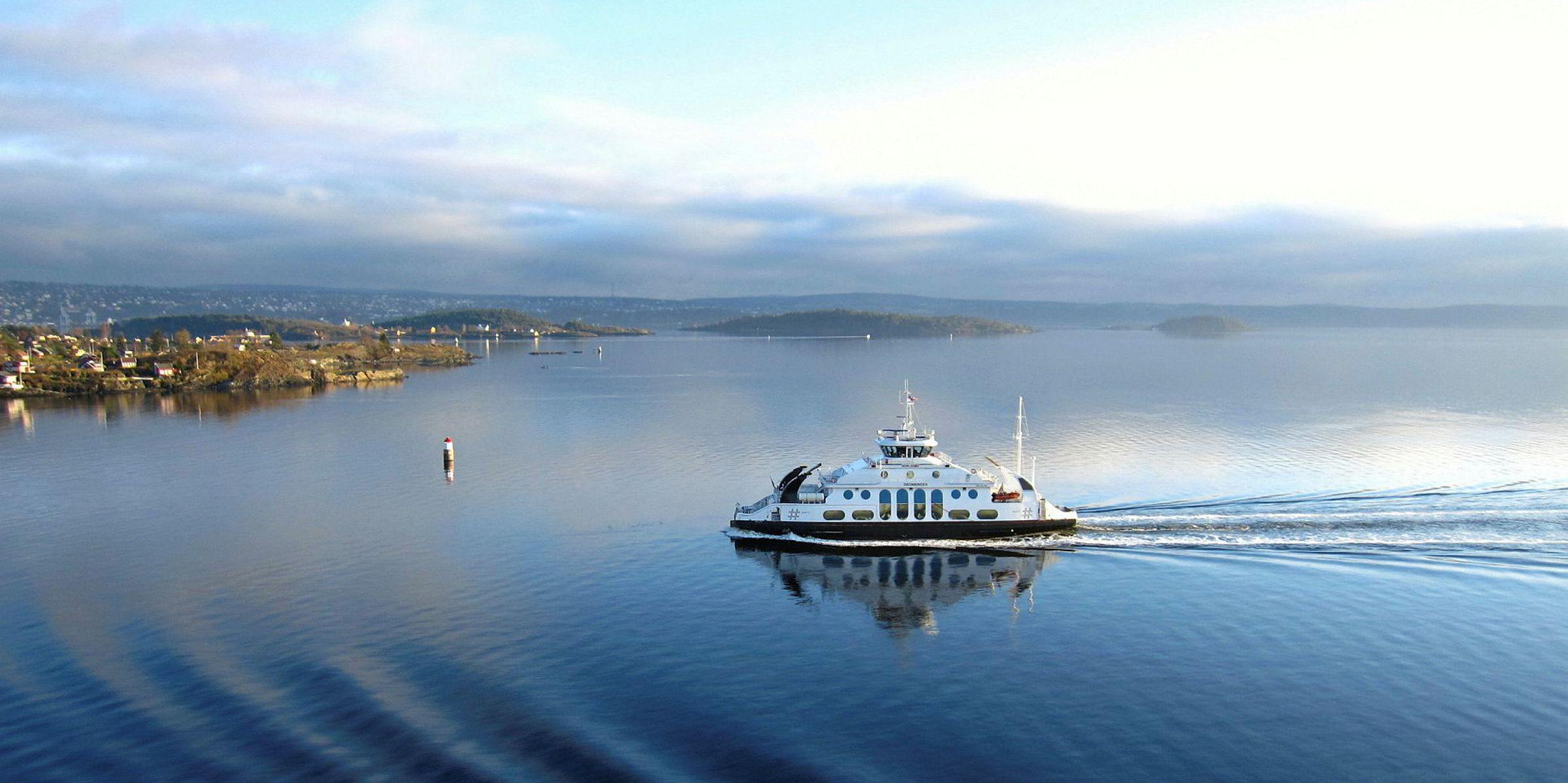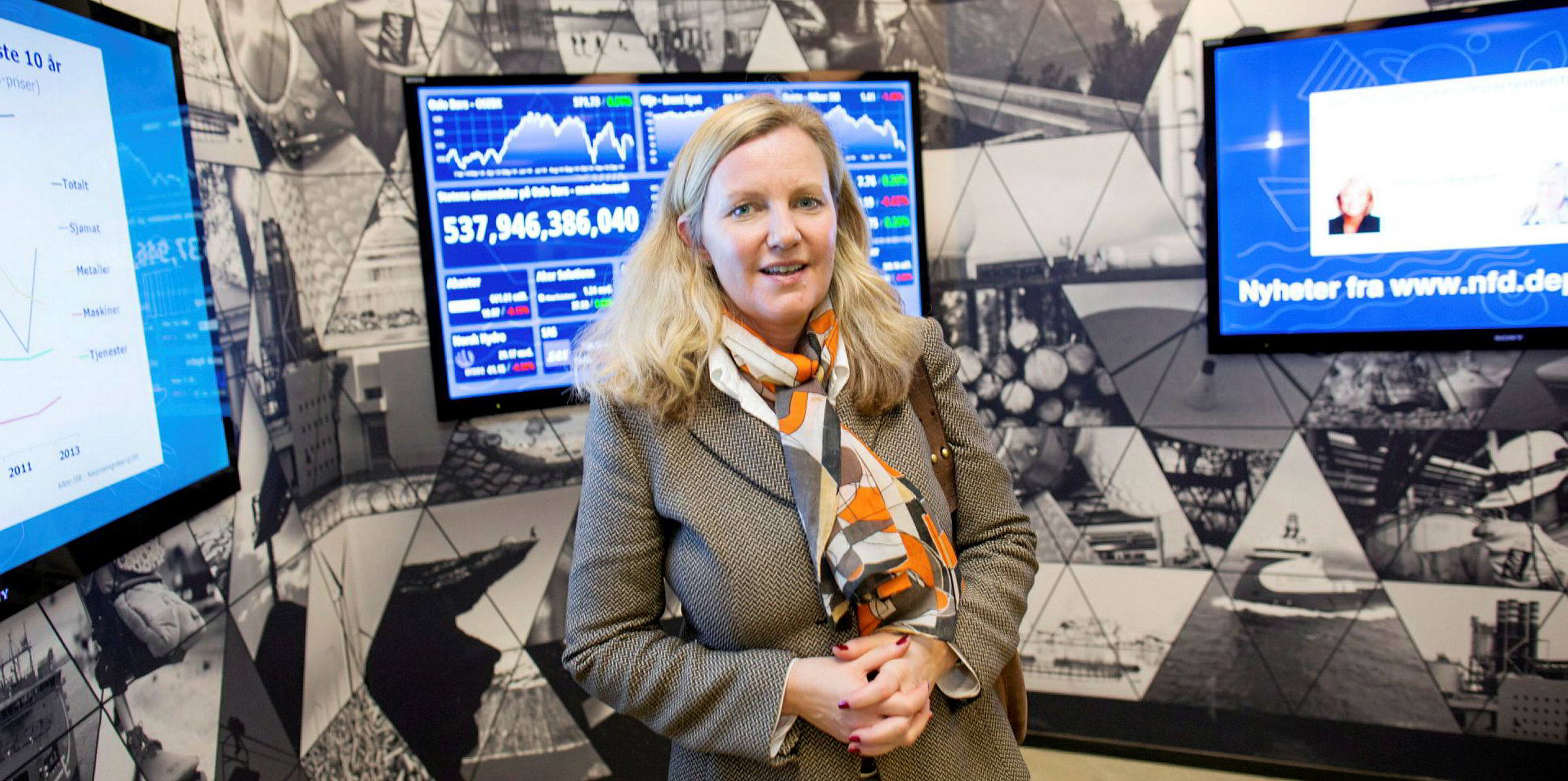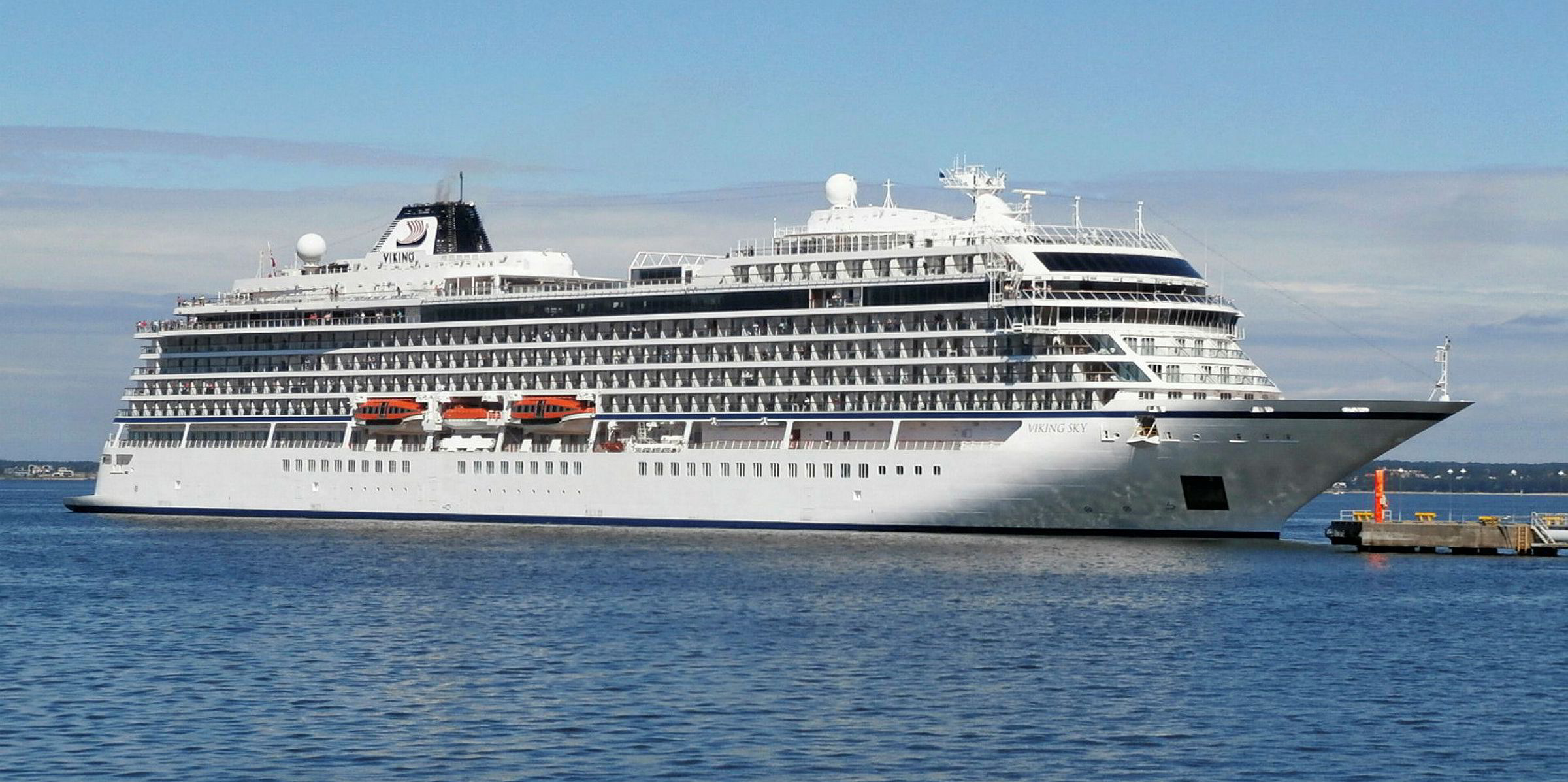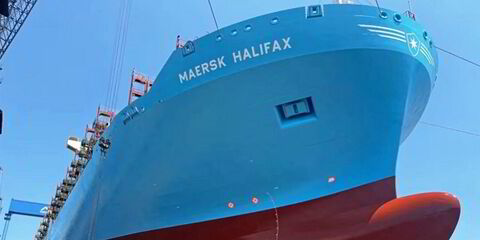Gradually riding out of the industry downturn, Norway’s maritime cluster is hoping to take advantage of its prowess in ship technology during the age of energy transition.
With tightening environmental regulations and a growing focus on digitalisation in shipping, Norwegian shipowners, equipment makers and shipbuilders may enjoy brighter business prospects in the coming years, some industry officials suggest.
“Norway has a competitive edge, especially related to new technology and technical competence,” Tuva Flagstad-Andersen, DNV GL’s maritime manager for North Europe, tells TradeWinds. “We are pioneers in developing green technologies and, in general, have been quick to transform and adapt when facing industry changes.”
Home to renown owners such as John Fredriksen and Torstein Hagen, Norway — based on Clarksons estimates — is the world’s sixth-largest shipowning nation by gross tonnage, with 2,900 vessels totalling 60.6 million gt.
In terms of total fleet valuation, Norway even ranks at number five with $60.6bn, according to the Norwegian Shipowners’ Association (NSA) — and that is not due to the Norwegian tanker and bulker fleets, which Fredriksen dominates, or the passenger segment that Hagen focuses on.
It is testament to the aggregate power of Norway’s numerous operators of high-specification offshore vessels, which heavily rely on business opportunities in the North Sea and the Norwegian Continental Shelf.
But this segment has also been the sector hit hardest by low oil prices, which have prevailed since 2014. While the total turnover of Norwegian offshore shipping companies is forecast to rise to NOK 60bn ($6.93bn) in 2019 from the trough of NOK 52bn in 2017, this will still be far lower than the 2014 level of NOK 100bn, according to a NSA survey of members.
The industry group points out those OSV operators’ revenues and profitability are still not at “sustainable levels”.
“The offshore segment will be characterised by further restructuring and refinancing again,” the NSA’s latest annual outlook states.

The dismal market conditions can be attributed to the lack of upstream investments for oil production, in part because nations around the globe look to use more clean, renewable energy amid a growing awareness of environmental issues.
Yet such energy transition — the process of which is expected to take decades — can be a blessing in disguise for Norwegian players.
“[The] offshore segment has been struggling… [But] now we are seeing opportunities,” NSA chief executive Harald Solberg says. “We see increased activity in the oil and gas market, and also in the offshore wind sector.
“Vessels that are to be used in offshore wind farms need to be the most advanced … With our capacity in innovation, this is a great opportunity for us.”
Some notable Norwegian players making inroad in this area include Fred Olsen Windcarrier, which has built a fleet of two purposely built jack-up installation vessels and seven services ships since its foundation in 2008.
Transfers of technology
In the past, the OSV sector tended to play a leading role in the development of the Norwegian maritime cluster due to high vessel requirements.
Supported by government-backed research institutions and DNV GL, the world’s largest classification society by fleet size, Norwegian yards and equipment manufacturers have been capable of constructing offshore vessels suitable to operate in adverse conditions.
“As a class society, DNV GL in many ways acts as a hub bringing together a broad spectre of maritime stakeholders — both industry players and authorities,” says Flagstad-Andersen, whose organisation spends 5% of annual revenue on research, development and innovation. “An important factor seen from DNV GL’s perspective is to have a clear safety focus when dealing with new technology.”
Some of the technologies developed for OSVs then can be modified to meet the needs of deepsea operators in cargo-carrying sectors. With the compact yet cooperative sector, Menon Economics ranks Oslo as the world’s top maritime technology capital.
With the depressed offshore sector, Norwegian shipbuilders and manufacturers have tapped into newbuilding demand for ferries and expedition cruiseships to survive. The hope is that the expertise developed for those shortsea vessels can be transferred to deepsea operators in the future.
“Our strategy is, by developing Norwegian coastal shipping, this [expertise] can possibly be developed for longer distance,” Solberg says.
Some of the recent newbuilding projects promise to be leading from the front in terms of fuel technology and digitalisation.
Hailed as the world’s first battery-powered ferry, the Norled-operated ropax Ampere — with capacity for 360 passengers and 120 vehicles — was delivered by Fjellstrand in 2015. Norled has also won a Norwegian Public Roads Administration project to develop the world’s first hydrogen-powered ferry, which will begin operation in 2021.
While the IMO has aimed to reduce average carbon intensity for global shipping by 2030, Norway has taken a step forward by looking to reduce its greenhouse gas emissions by 40% from the 1990 level before the same year.
“This will give us [an] extra push towards developing new technology to avoid emissions from our ships,” Solberg says.
Moreover, tech group Kongsberg, which took over Rolls-Royce Commercial Marine recently, is developing the first autonomous boxship with zero emissions named the Yara Birkeland. Vard’s Brevik yard will deliver the vessel to fertiliser outfit Yara next year.
Consultancy MarketsandMarkets estimates that the autonomous shipping market will be worth $13.8bn by 2023. Optimisation of speed and harbour operations would require expertise in digitalisation — and, if Norwegian players can obtain that in pilot projects, commercial opportunities could be abundant later on, according to Solberg.
It may not be all smooth sailing when yards enter a new territory. Offshore specialist Kleven has seemingly struggled to deliver the two 530-passenger, hybrid polar expedition cruiseships that Hurtigruten ordered in 2016, with delivery dates pushed back by a year.
There is speculation that the delays may be attributed to design issues as Kleven was not experienced in building such a type of vessel. Hurtigruten, which also owns the Kleven yard, did not offer specific reasons for the delays.
Looking further out, whether the technologies can be scaled up in international trades may also largely depend on market conditions and regulatory development.
When adopting new technologies, shipowners need to justify their investments — which is not necessarily an easy thing based on industry norms.
“When you look at global trade and shipping, more players will need to be first movers,” Flagstad-Andersen says.






